Why buy a Compact System Camera (CSC) like the Samsung NX30? The answer is that it gives you similar image quality, array of settings and interchangeable lenses you’d expect from a DSLR (Digital Single-Lens Reflex) but it’s smaller and lighter. And compact and lightweight is exactly what I needed for my holiday in Yellowstone National Park. It involved numerous four-mile hikes, not to mention two flights each way, and I didn’t want to have to lug a heavy DSLR around.
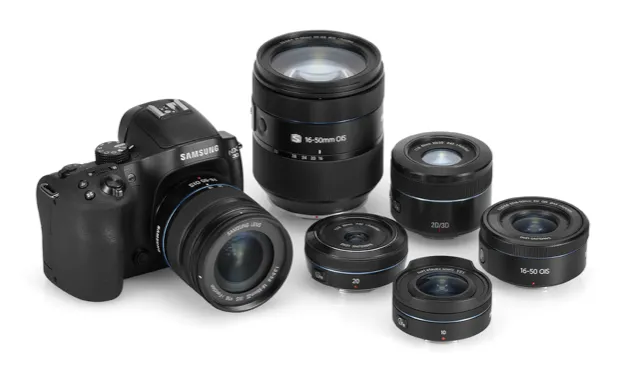
I was lucky I could borrow the Samsung NX30, winner of Focus magazine’s Ultimate Test in the Summer issue, and a 18-55mm autofocus lens. Adjusting the zoom took it from a reasonably wide angle to a reasonable close-up, albeit not nearly close enough to make me Wildlife Photographer of the Year. If I was buying this camera to shoot pictures of animals or sport, I’d invest in a longer lens. But since the camera captured 20.3 megapixels in each image, I could crop in on shots later without losing too much in the way of detail.
This isn’t a cheap camera – its current RRP is £899.99 – but it’s packed with smart features. For instance, you can take 3D pictures if you buy Samsung’s compatible 2D/3D lens. But while that doesn’t really appeal, I found the built-in Wi-Fi and integrated Dropbox invaluable, enabling me to upload pictures whenever I was in a Wi-Fi hotspot. And although I didn’t use it, the NFC (Near Field Communication) function would be handy for beaming pictures direct to NFC phones or tablet computers. You can even use your phone (Android or iOS) as a remote shutter release if you install the free Samsung Smart Camera app.

But what about taking pictures and video? I confess I mostly stuck to Smart mode, which tells the camera to pick generic settings for the type of picture you’re taking. There’s Landscape, of course, but I had the most fun with Best Face. This automatically picks up a face in the frame, and then takes five shots in quick succession. If your subject blinks or can’t hold a smile, don’t worry – one of five expressions will be fine. The camera then suggests one of the expressions, or lets you choose.
If you’re visiting scenic spots, the waterfall option is neat. It keeps the shutter open for a few seconds, blurring the water. A tripod is essential for this, or else you need extremely steady arms. Then there’s Rich Tones, which is supposed to create more vibrant colours, though I only succeeded in making the insides of wooden buildings look orange. Best of all was Panorama – simply press the shutter, slowly pan around and the camera instantly generates the kind of photo you’d previously have spent hours creating in Photoshop.
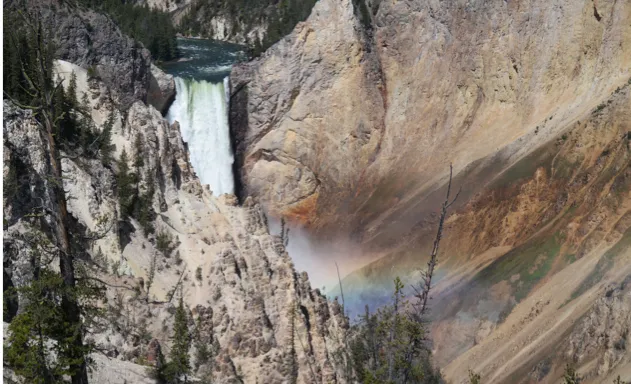
But my favourite thing about the NX30 was its back panel display. Simply touch any part of the screen and the camera focuses on that spot. It gives you instant flexibility over a composition, and I used it so much that I dementedly started pressing the non-touch sensitive display on my compact camera when I got home. Almost as handily, the display also swings all the way out and flips over, so you can look down the barrel of the lens and simultaneously compose a selfie.
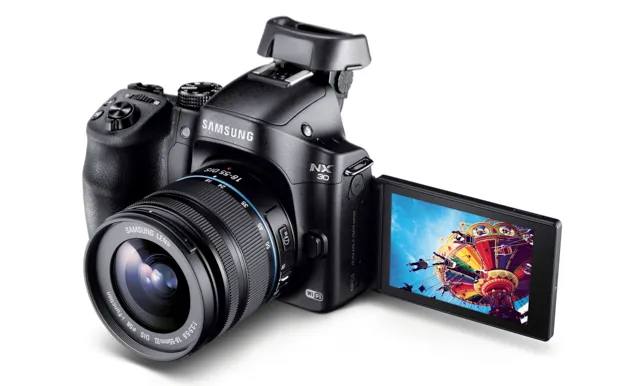
The Viewfinder is nifty too. You can pull it out and angle it to get the camera into otherwise inaccessible positions. It automatically activates when you place your eye to its rubber surround. This wasn’t such a useful feature for me, though, as I had to take my spectacles off to get my eye close enough.
I took some video of Yellowstone’s steaming pools and slow-moving bison, and as you’d expect for a high-end camera it’s full HD – 1920 x 1080 at up to 60 fields per second. My only complaint was that the start/stop button was a stretch to reach, giving all my videos a minor wobble right at the end.
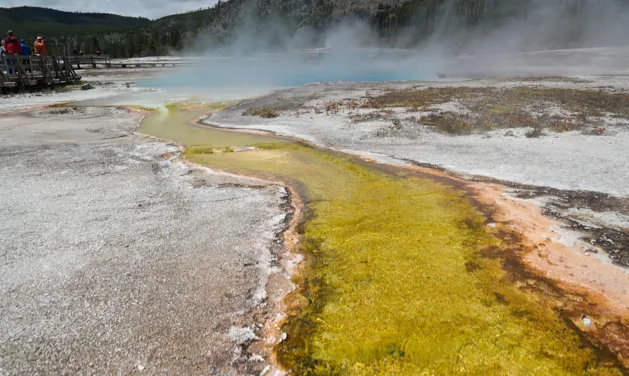
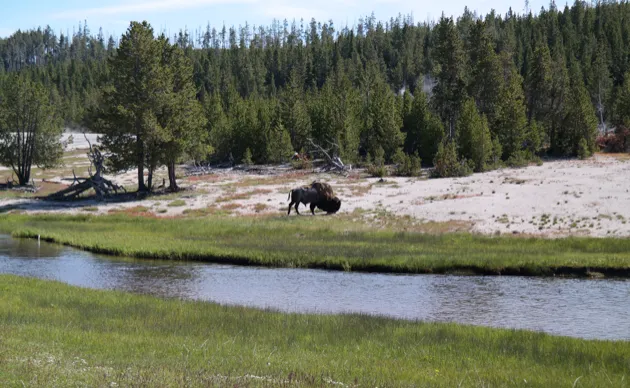
So is the NX30 the answer to hikers’ prayers? Probably - the body weighs only 375g (without battery), and even with the lens attached it never weighed me down. But it is a tad bulky – the body is 127mm wide, 95.5mm high and 41.7 deep, making it bigger than rival Compact System Cameras. I certainly felt conspicuous taking it out for impromptu shots in restaurants. But that was a very small price to pay for smart functions, great picture quality, and a feeling of extreme smugness whenever I encountered a DSLR owner.
Follow Science Focus onTwitter,Facebook, Instagramand Flipboard